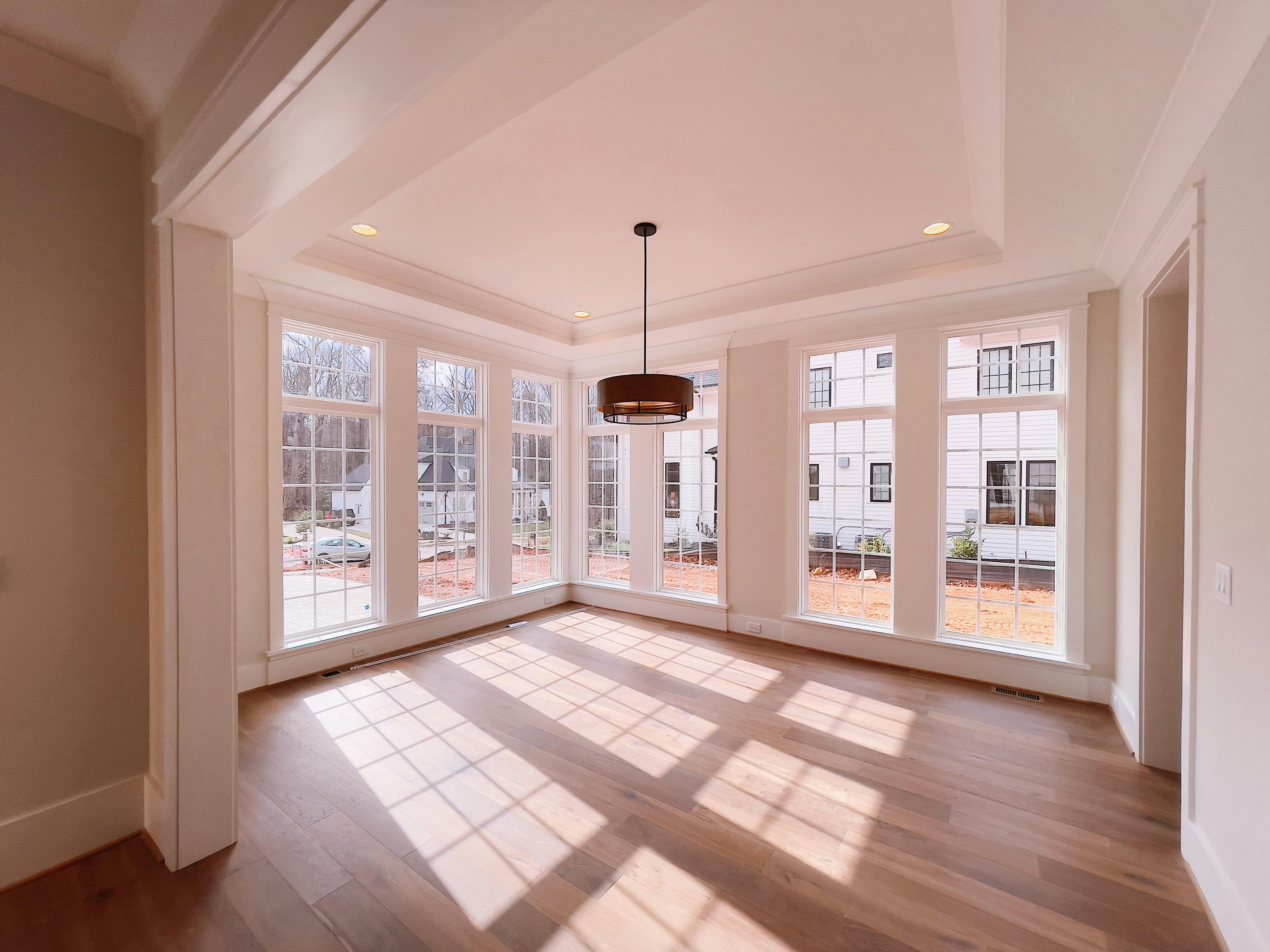Trench radiators for discreet domestic and commercial heating
Trench Heaters – Advanced Discrete Heating System
Trench heating is basically a system of radiators in the floor, cold air enters one side of the trench heater and hot air leaves the other side. In general, airflow is facilitated by rising hot air which creates a lower pressure and draws in cooler air. Although some systems also incorporate ultra-quiet BTU booster fan assist units.
The trench heater will provide a curtain of heat and as such these radiators, also known as channel or perimeter heating, are perfect next to glazed facades or patio doors, areas where condensation may exist or cool areas.
Trench radiators work in the same way as wall mounted radiators with central heating water passing through which is controlled by manual or thermostatic valves or zone control systems. It is generally best to mount thermostats away from trench heaters to avoid localized impact of the heater itself.
Trench heating can also be used with heat pumps, although it is recommended to use Fan Assist to increase BTU outputs.
Trench heating can be used as whole room heating, additional heating or specific area heating, it is extremely flexible in its application and can make your room more minimalist while maintaining warmth and functionality.
There are a number of trench heating manufacturers in the UK and Europe but only a few offer extended warranties on the heat exchanger which is a critical part of this central heating system.
Jaga Heating offers a thirty year warranty on its copper and aluminum heat exchangers, which is leading the market; however, you will pay a premium for the quality of Jaga Trench Heating as they are usually made to order with a 4 week lead time.
Trench heating outputs will generally depend on the space within the body of the trench heater, so effectively the longer, wider and deeper your home, office etc can accept, the more output that can be produced at BTUs. The only variation is fan assistance, which can improve heat output by 20-50%.
To complement your décor, premium manufacturers like Jaga provide a multitude of options regarding grate type and material, both varnished and natural wood are a popular trench heating grate choice, as is natural aluminium, stainless steel is usually a more expensive option but it looks fantastic. Racks come in two levels of flexibility, rigid and roll-up, rigid trench heater racks stand up in individual, attached or separate solid pieces and there is usually no movement underfoot, roll-ups are easier to remove for trench heater cleaning and maintenance. To increase your options, grid colors can also be specified for most Ral colours. Sometimes the choice is to contrast or complement the grilles with existing decor or flooring, which is usually a personal choice.
In summary, for a trench heating home addition, I would consider the following:
BTUs of heat output required – When calculating, we need to decide how this can be achieved, one or more trench heaters? In general, a larger room can achieve a more balanced heating gradient if two or more heating sources are used in opposite areas. Remember depth is off site the deeper in general the higher BTU’s you can achieve you will generally have approximate length available so width of trench heater becomes important personally for a home installation that forms part of a walking path, such as folding gates, patio doors, driveway, steps, etc. I would suggest that up to a width of 26cm would be appropriate, if not on a walkway then up to 42cm would be appropriate against a wall for example. Also remember that you can increase your heating output for the same size unit by a minimum of 20-40% by adding Fan Assist BTU Boost.
DESIGN: How do I want my decoration to look like? The trench heating is a concealed unit, in which case you would match the material and color of the grille to the existing floor, perhaps looking to place it on a non-pedestrian path. Am I happy to conserve my wall space and showcase my innovative heating system and then select a contrasting grille to form a floor-based feature of heating functionality?
